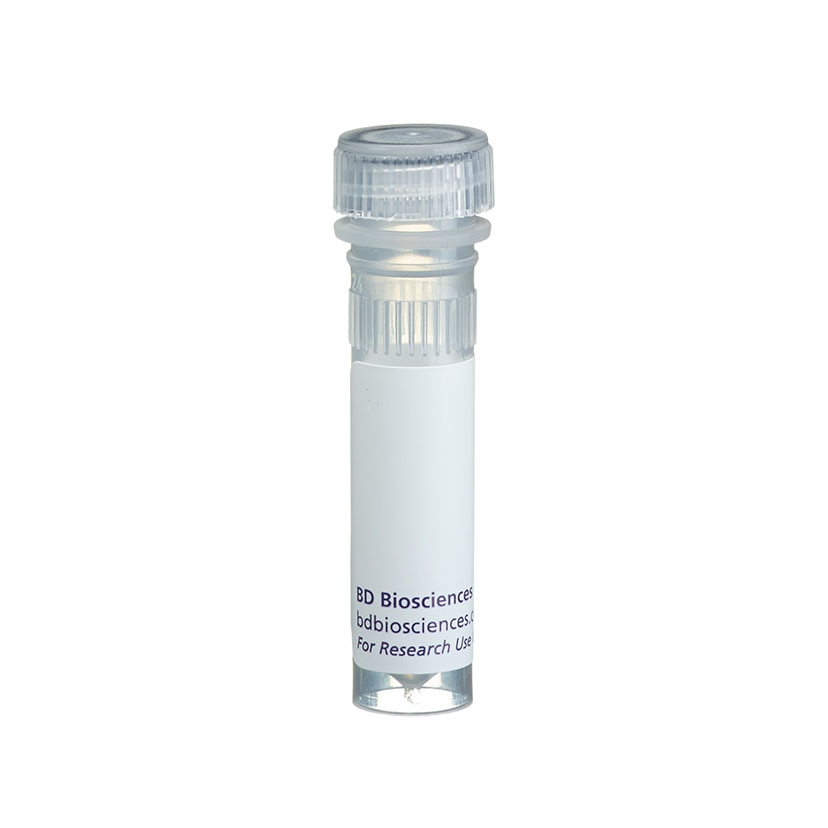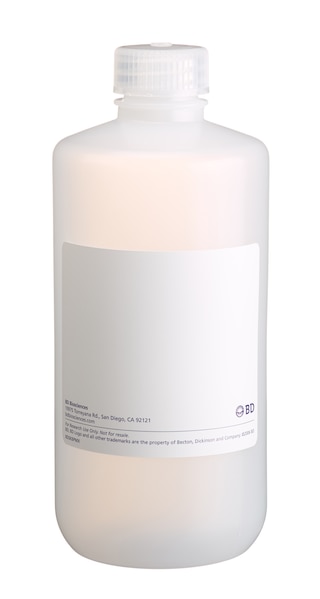Old Browser
This page has been recently translated and is available in French now.
Looks like you're visiting us from {countryName}.
Would you like to stay on the current country site or be switched to your country?


Regulatory Status Legend
Any use of products other than the permitted use without the express written authorization of Becton, Dickinson and Company is strictly prohibited.
Preparation And Storage
Product Notices
- Please refer to www.bdbiosciences.com/us/s/resources for technical protocols.
- Since applications vary, each investigator should titrate the reagent to obtain optimal results.
Companion Products


The 1D11 monoclonal antibody specifically binds to NKG2D, a 42 kDa type II transmembrane glycoprotein that is also known as CD314 and KLRK1. NKG2D is a member of the C-type lectin family and is expressed on human NK cells. This activating receptor binds strongly to several ligands including MICA and MICB and ULBP-1, -2, and -3 proteins that are expressed by different target cell types. Different from natural cytotoxicity receptor (NCR), NKG2D expression is not confined to NK cells. It is also expressed on virtually all TCR γ/δ+ and CD8+TCR α/β+ T cells. NKG2D functions as a triggering receptor involved in natural cytotoxicity mediated by normal NK cells against a variety of tumors or normal target cells. Importantly, NKG2D can complement the role of NCR in tumor cell lysis. Remarkably, the combined maskings of NCR and NKG2D can reportedly lead to a complete inhibition of NK-mediated lysis of all tumor or normal cells. The 1D11 antibody can reportedly block or stimulate the function of NKG2D-positive cells.
Development References (5)
-
Bauer S, Groh V, Wu J, et al. Activation of NK cells and T cells by NKG2D, a receptor for stress-inducible MICA. Science. 1999; 285(5428):727-729. (Biology: Blocking). View Reference
-
Groh V, Bruhl A, El-Gabalawy H, Nelson JL, Spies T. Stimulation of T cell autoreactivity by anomalous expression of NKG2D and its MIC ligands in rheumatoid arthritis. Proc Natl Acad Sci U S A. 2003; 100(16):9452-9457. (Biology). View Reference
-
Groh V, Rhinehart R, Randolph-Habecker J, Topp MS, Riddell SR, Spies T. Costimulation of CD8alphabeta T cells by NKG2D via engagement by MIC induced on virus-infected cells. Nat Immunol. 2001; 2(3):255-260. (Clone-specific: Blocking). View Reference
-
Roberts AI, Lee L, Schwarz E, et al. NKG2D receptors induced by IL-15 costimulate CD28-negative effector CTL in the tissue microenvironment. J Immunol. 2001; 167(10):5527-5530. (Clone-specific: Activation). View Reference
-
Steinle A, Li P, Morris DL, et al. Interactions of human NKG2D with its ligands MICA, MICB, and homologs of the mouse RAE-1 protein family. Immunogenetics. 2001; 53(4):279-287. (Biology). View Reference
Please refer to Support Documents for Quality Certificates
Global - Refer to manufacturer's instructions for use and related User Manuals and Technical data sheets before using this products as described
Comparisons, where applicable, are made against older BD Technology, manual methods or are general performance claims. Comparisons are not made against non-BD technologies, unless otherwise noted.
For Research Use Only. Not for use in diagnostic or therapeutic procedures.
Report a Site Issue
This form is intended to help us improve our website experience. For other support, please visit our Contact Us page.